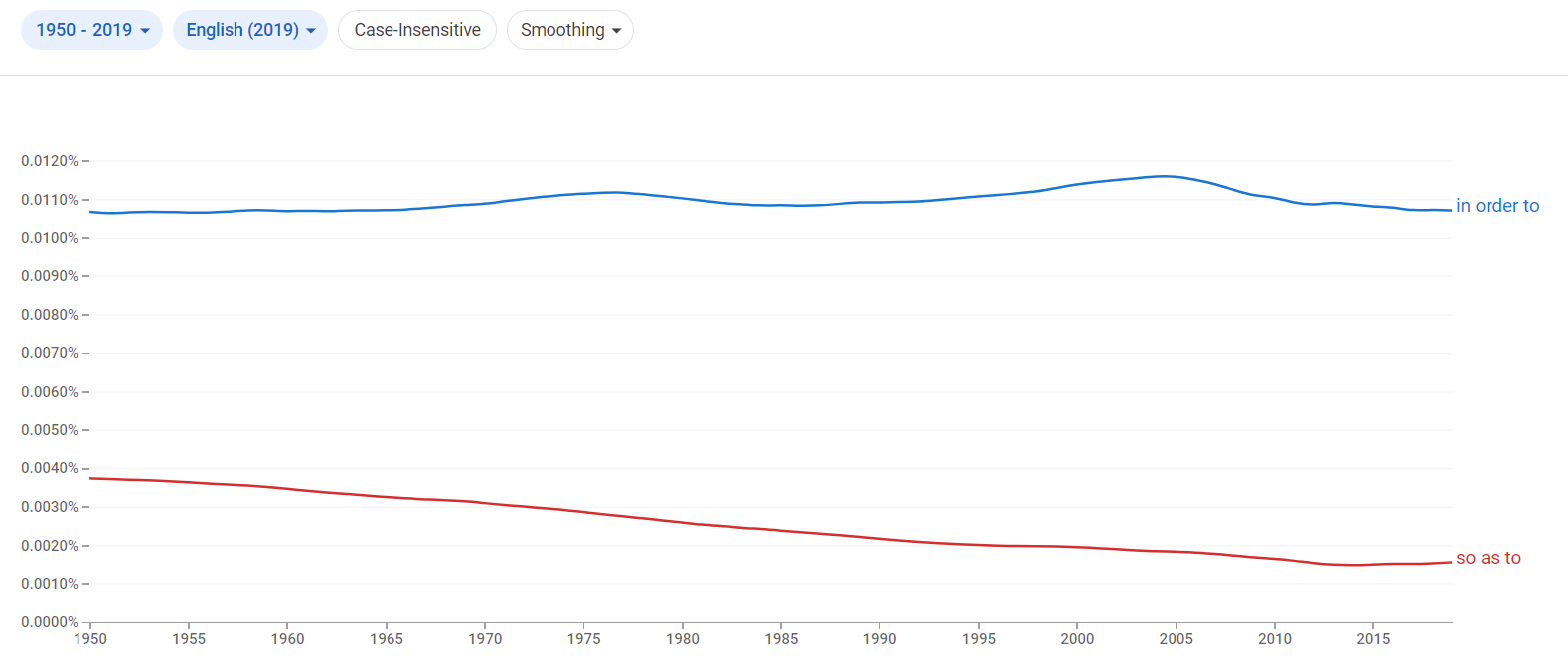"In order to" and "so as to" are used to express purpose and generally interchangeable. They are compound prepositions that have an infinitive as its object.
"In order to" and "so as to" are used to express purpose and generally interchangeable. Both are compound prepositions that have an infinitive as their object.
He has to work two jobs in order to support his family.
He has to work two jobs so as to support his family.
You can simply use "to" instead of "in order to" (or "so as to"). Be aware, however, that "to" is much more common in casual situations.
The central bank of the United States conducts monetary policy (so as to / in order to) promote effectively the goals of stable prices and maximum employment.
They went to the park to play baseball.
"In order to" is much more frequent than "so as to".

Source: Google Books Ngram Viewer
The negative of "in order to" is "in order not to". Similarly, we can say "so as not to".
She went on tiptoe in order not to disturb her roommate.
I labeled the items so as not to confuse them.
"In order to" and "so as to" are often, but not always, followed by a stative verb. Stative verbs, such as be, have, appear, know, understand, or seem, express a state or condition rather than an action.
Sometimes we must fail (in order to / so as to) know what it's right and wrong.
We'll add here that both, "In order to" and "so as to", can be used at the beginning of a sentence. In such a situation, add a comma after the introductory phrase starting with "in order to" or "so as to".
In order to get a passport, you should fill out the form on the website.
So as to get a passport, you should fill out the form on the website.

